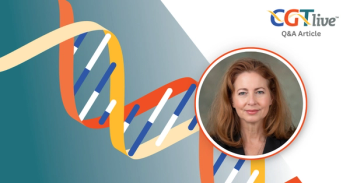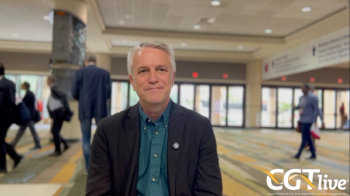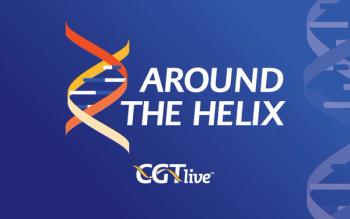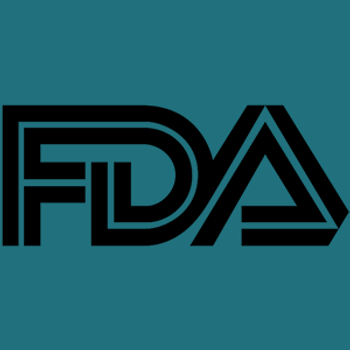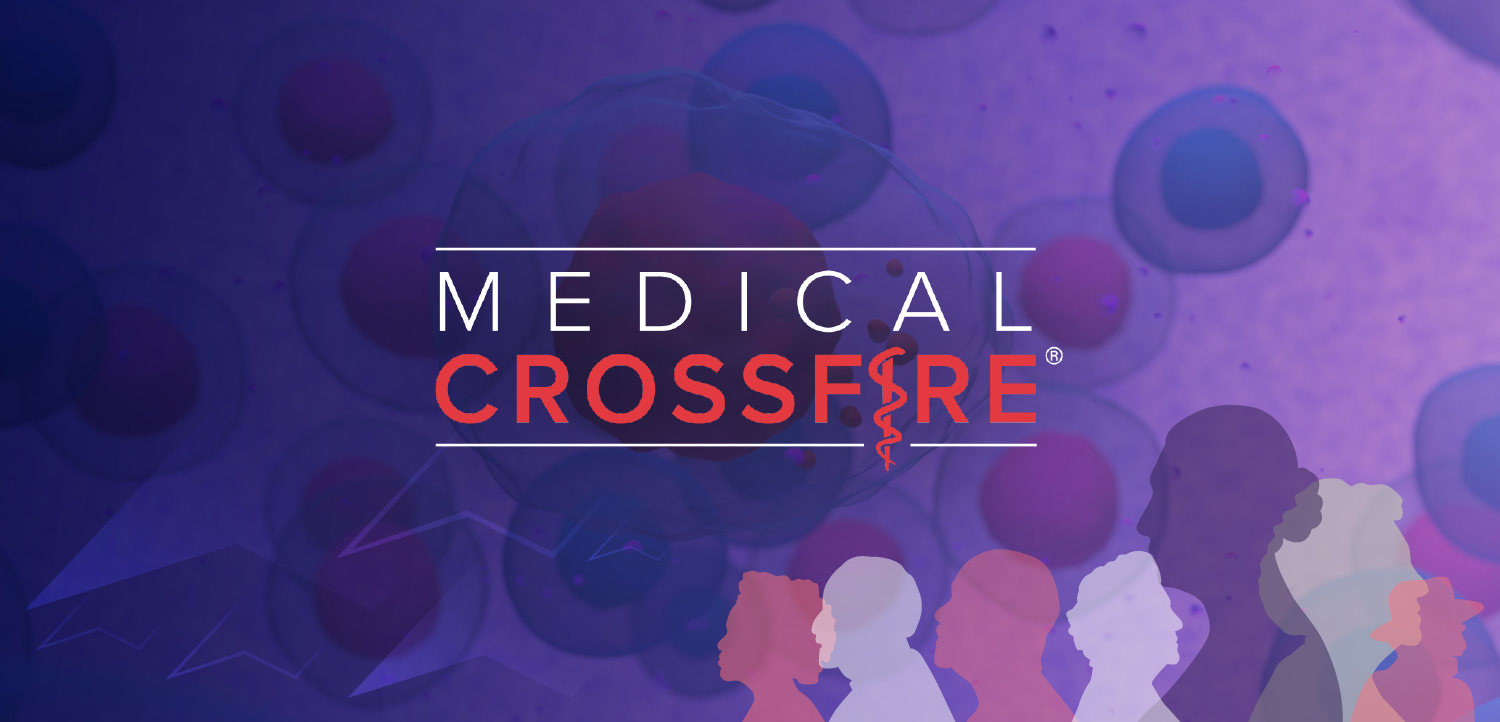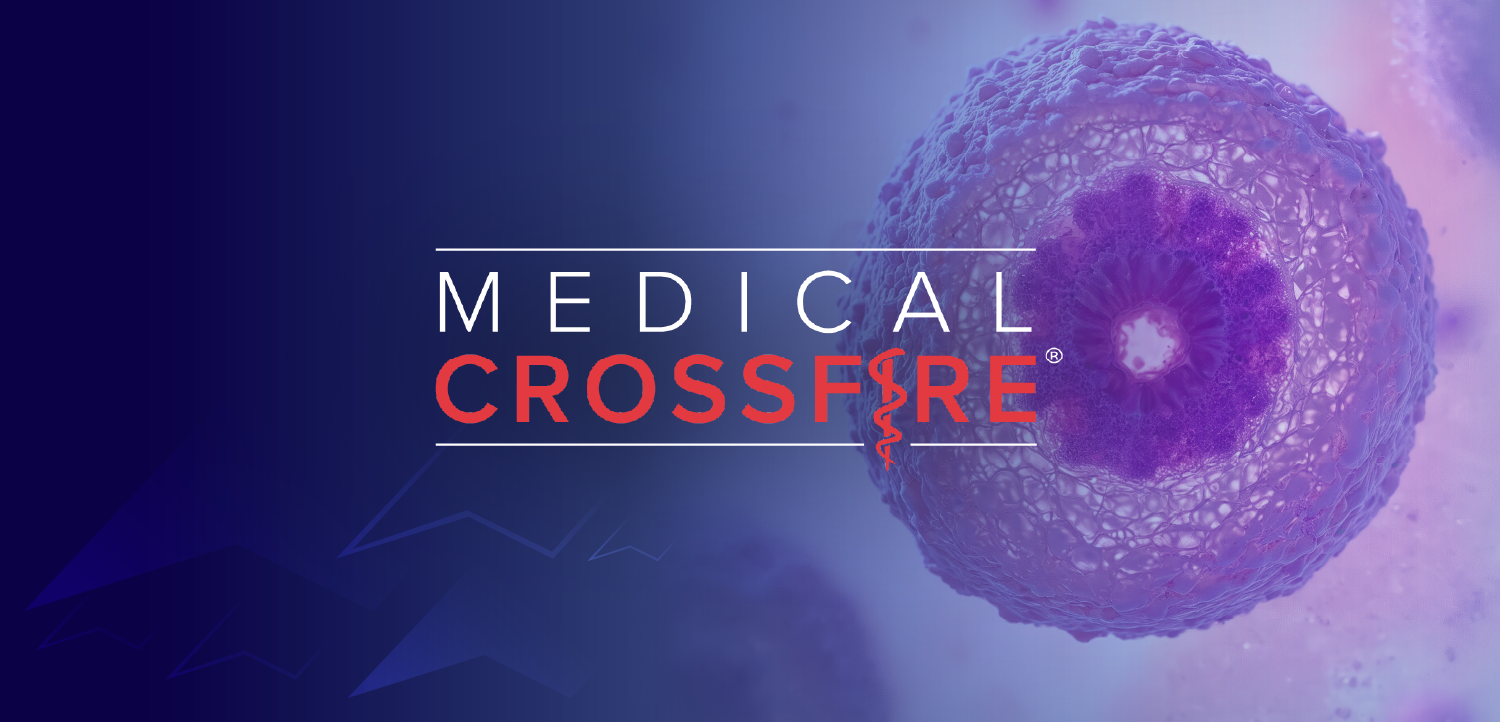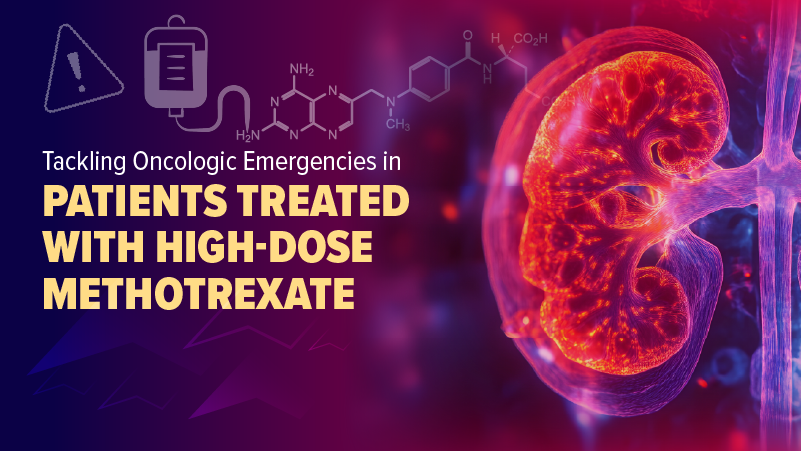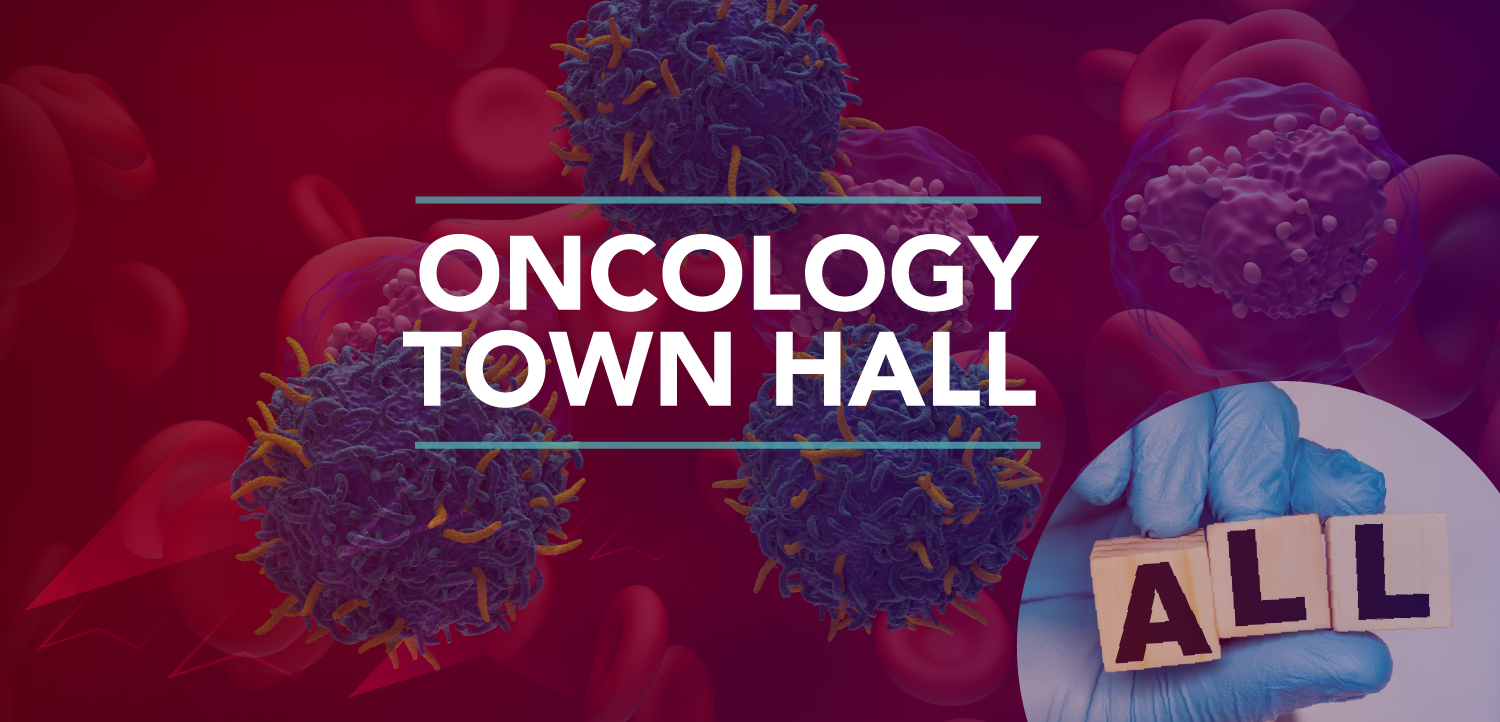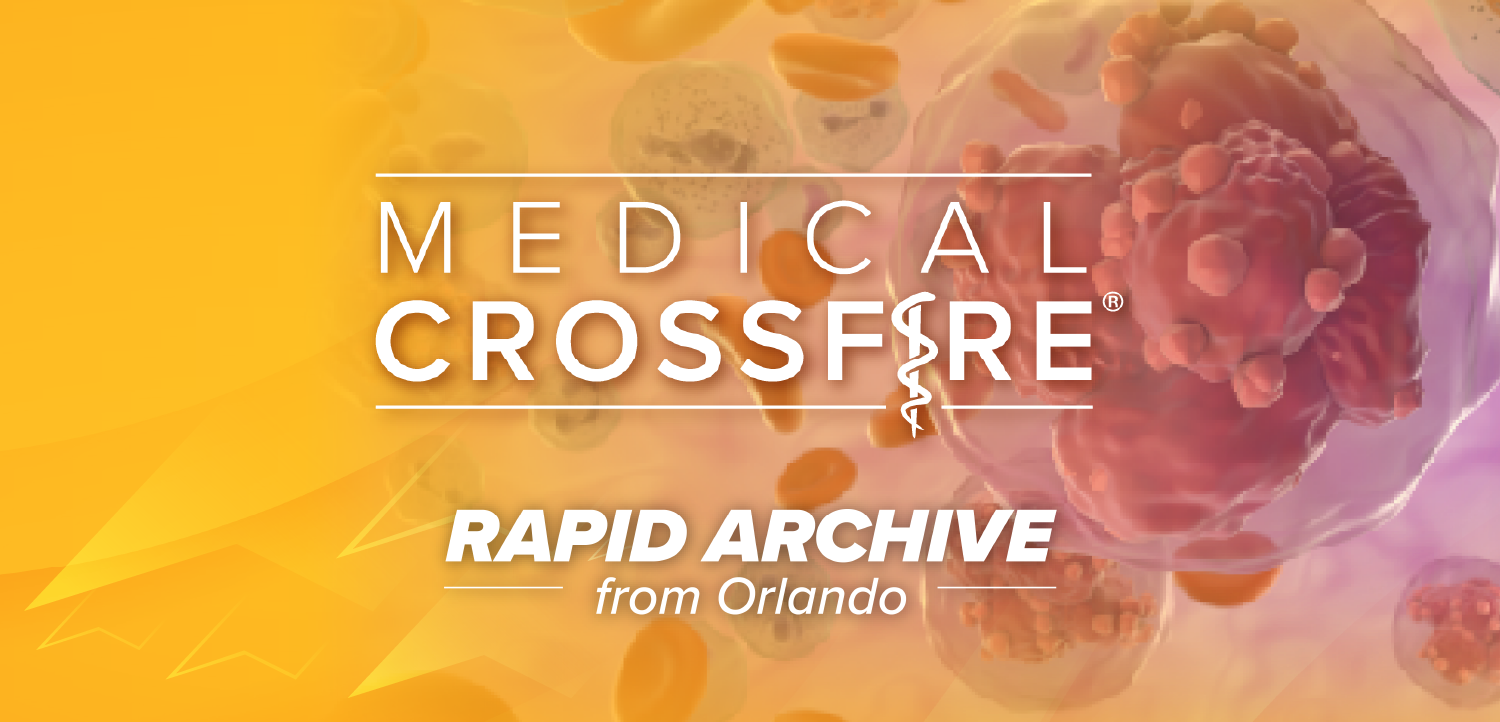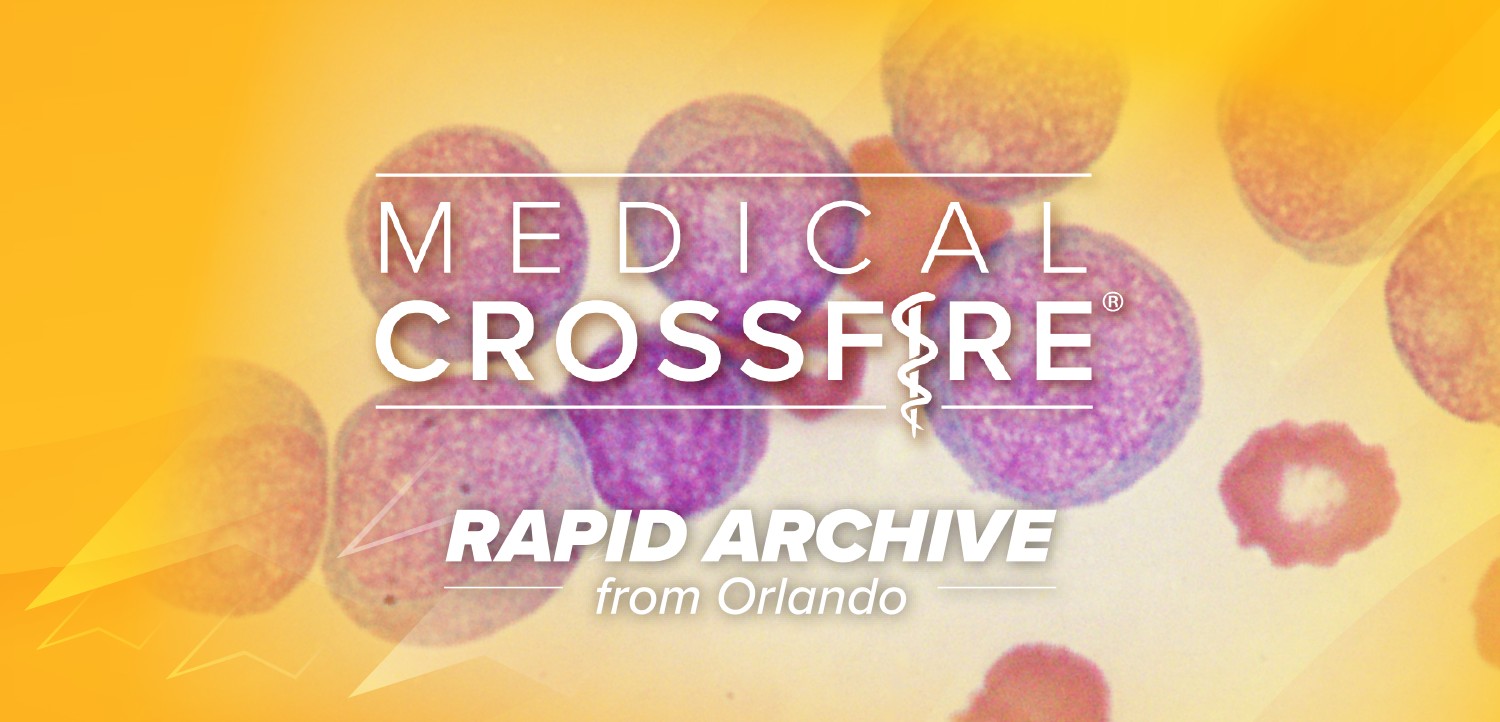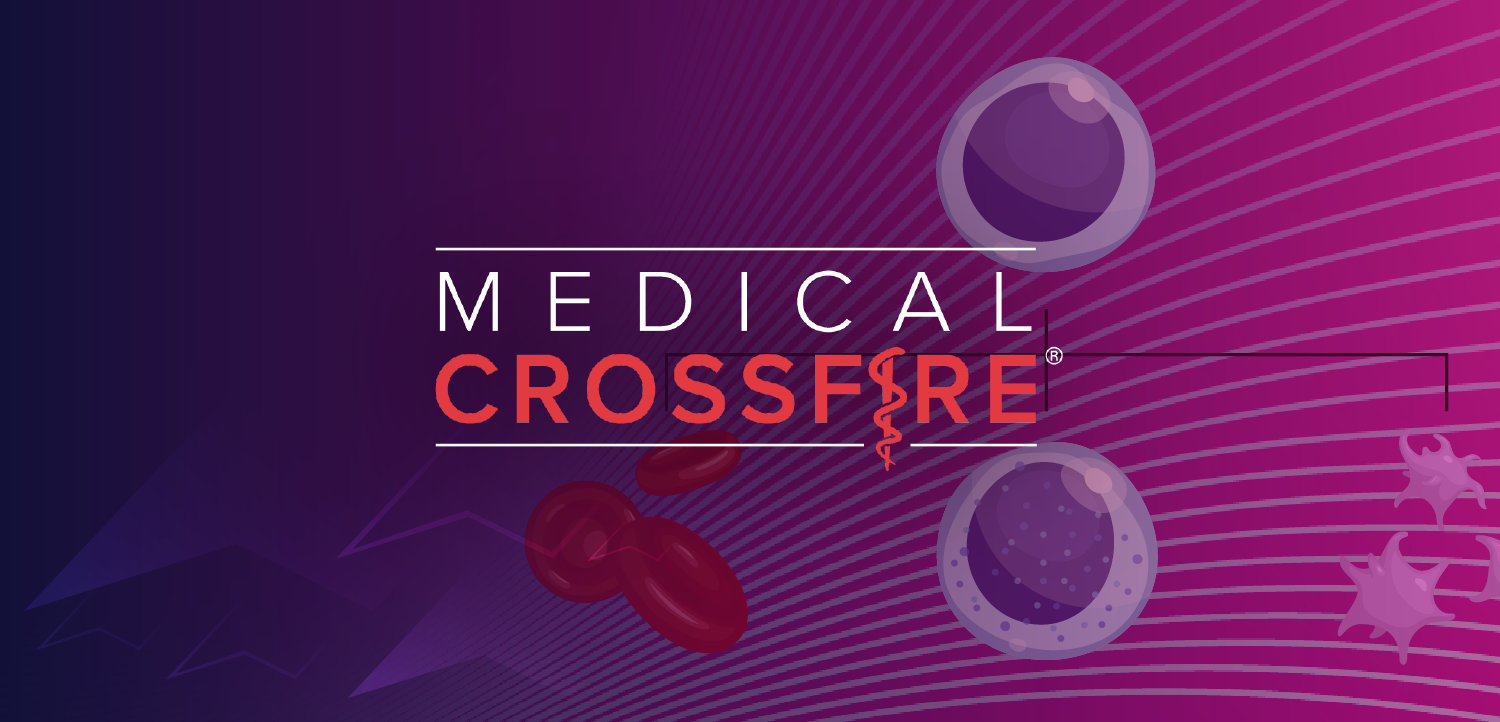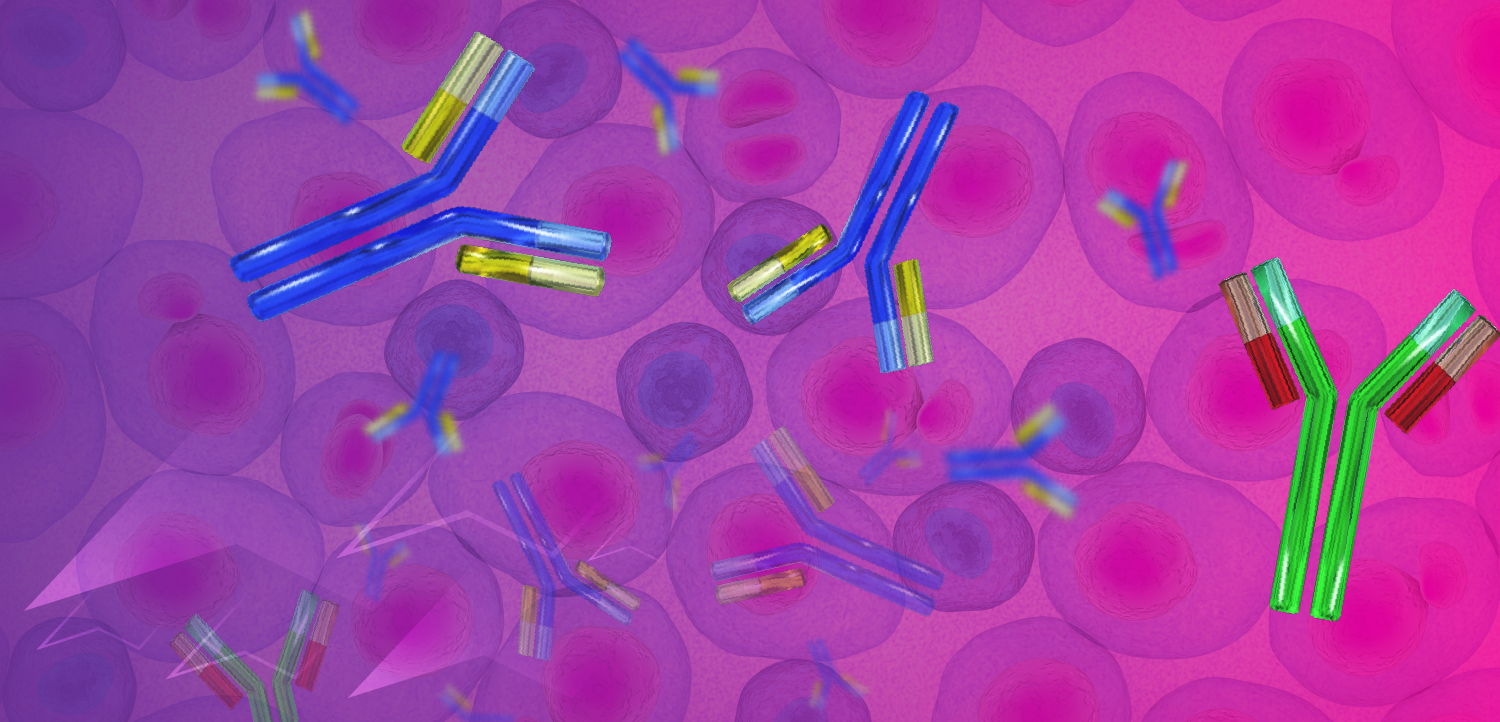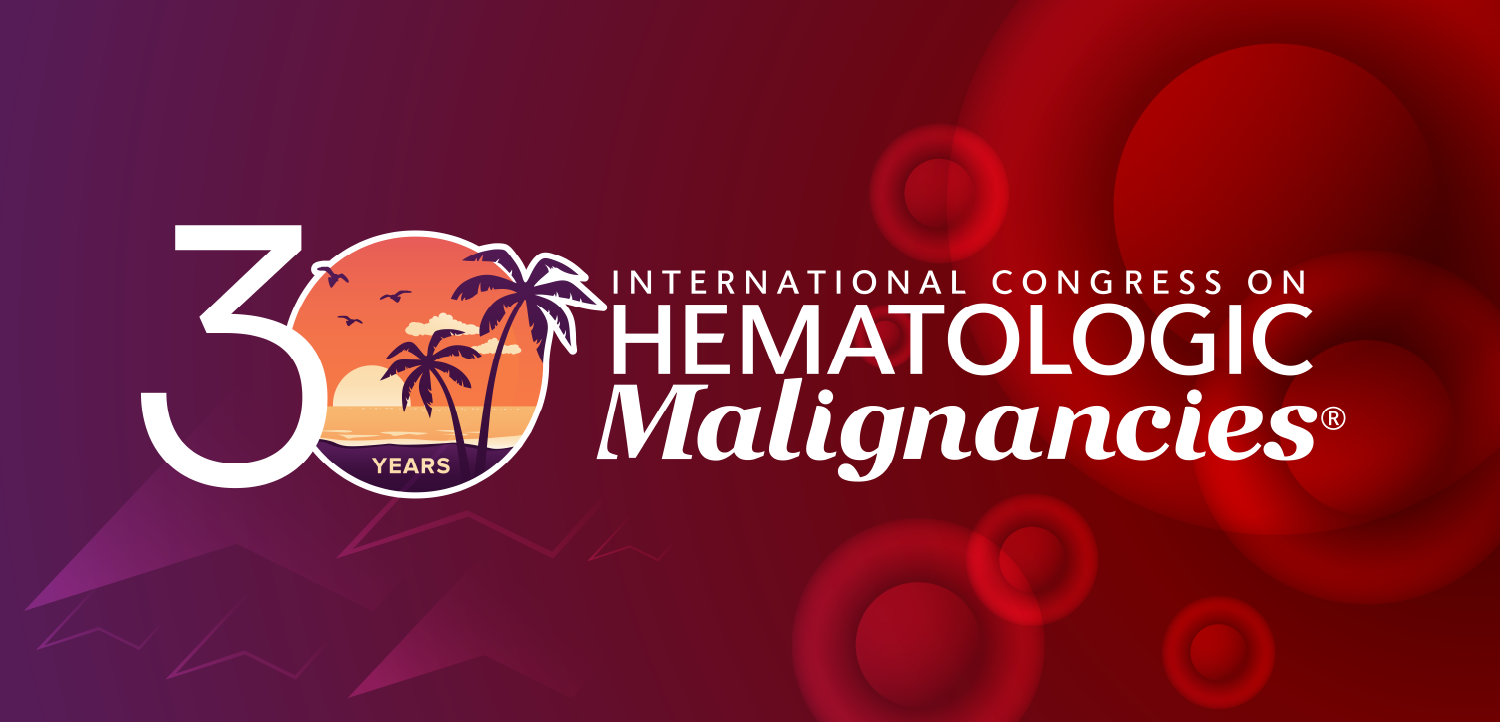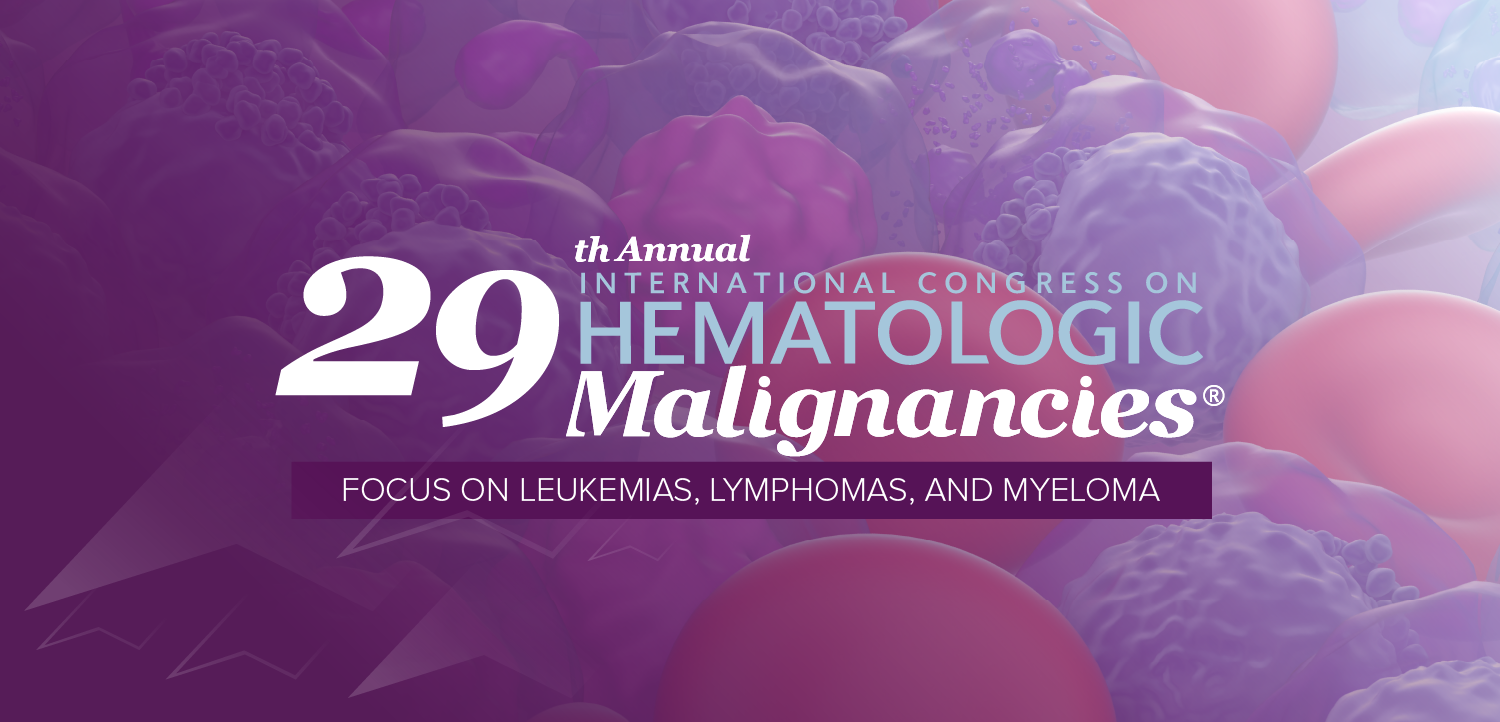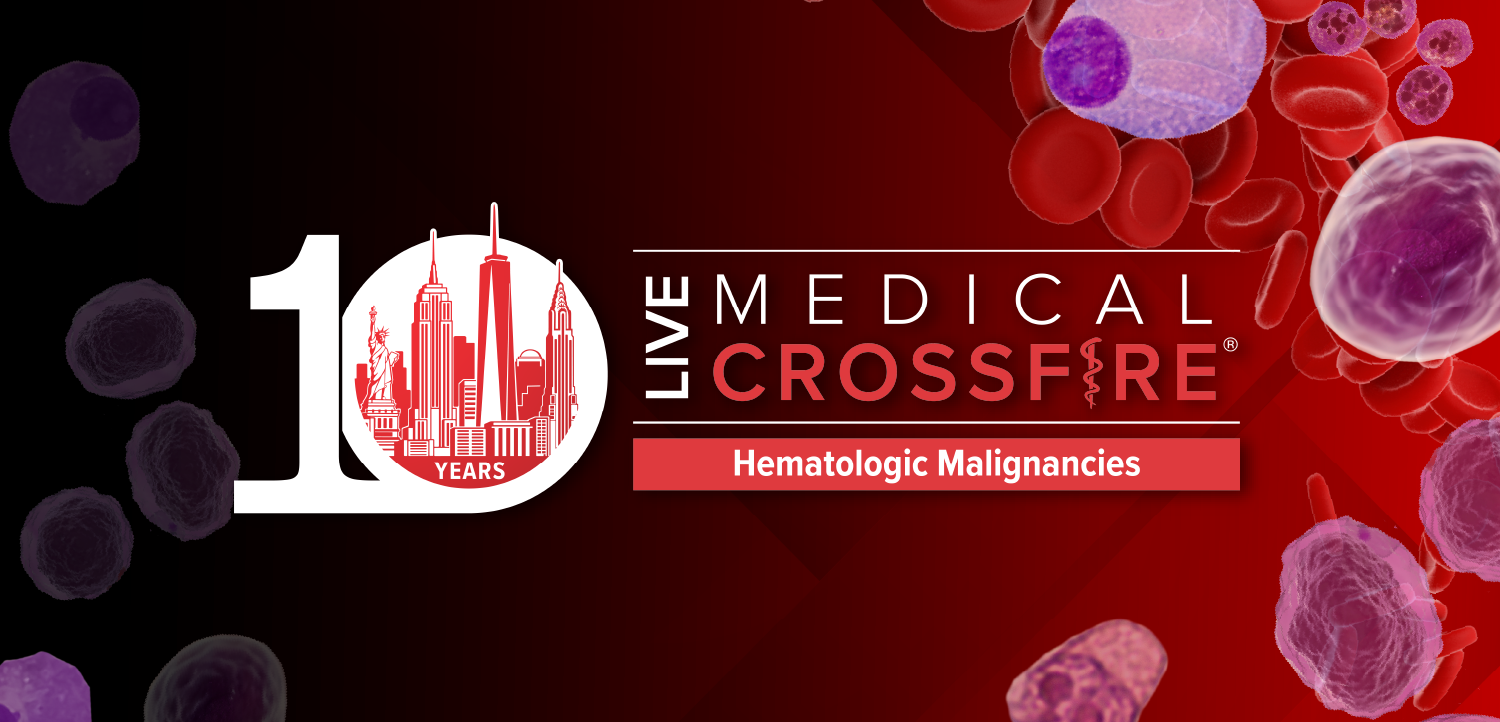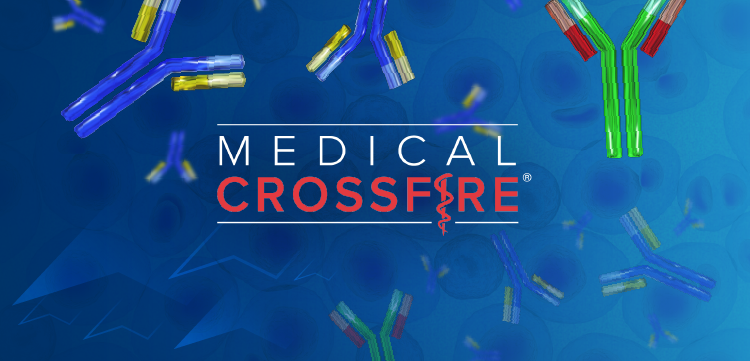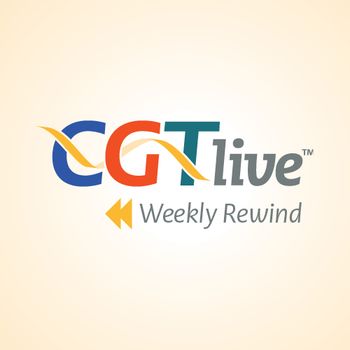
FDA Grants Brentuximab Vedotin Breakthrough Designation for Frontline CD30+ PTCL
The FDA has granted brentuximab vedotin a breakthrough therapy designation for use in combination with chemotherapy for the frontline treatment of patients with CD30-expressing peripheral T-cell lymphoma.
Clay Siegall, PhD
The FDA has granted brentuximab vedotin (Adcetris) a breakthrough therapy designation for use in combination with chemotherapy for the frontline treatment of patients with CD30-expressing peripheral T-cell lymphoma (PTCL).
UPDATE 11/16/2018:
The designation, which will expedite the development and review of brentuximab vedotin in this setting, is based on the phase III ECHELON-2 trial. The study was also the basis for a recent submission to the FDA of a supplemental biologics license application for brentuximab vedotin for patients with frontline CD30-positive PTCL.
In ECHELON-2 trial, combining frontline brentuximab vedotin with CHP (cyclophosphamide, doxorubicin, prednisone) reduced the risk of death by 34% (HR, 0.66; P = .0244) and the risk of disease progression or death by 29% (0.71; P = .0110) compared with CHOP (cyclophosphamide, doxorubicin, vincristine, and prednisone).1 Seattle Genetics and Takeda Pharmaceutical, the co-developers of brentuximab vedotin, will be presenting additional ECHELON-2 findings at the 2018 ASH Annual Meeting.
“Data from the ECHELON-2 phase III trial of Adcetris in combination with chemotherapy showed superior progression-free survival and overall survival versus the standard of care chemotherapy regimen, CHOP, in the treatment of frontline CD30-expressing peripheral T-cell lymphomas,” Clay Siegall, PhD, president and chief executive officer of Seattle Genetics, said in a press release.
“This is the third breakthrough therapy designation for Adcetris and supports our goal to make this therapy available to patients with newly diagnosed peripheral T-cell lymphomas as soon as possible. We look forward to presenting the data from our phase III ECHELON-2 trial at the upcoming ASH Annual Meeting,” added Siegall.
The double-blind, multicenter, placebo-controlled phase III ECHELON-2 trial randomized approximately 450 newly diagnosed patients with CD30-expressing PTCL, also known as mature T-cell lymphoma, to brentuximab vedotin plus CHP or standard CHOP. Progression-free survival (PFS) per independent review was the primary endpoint, with secondary endpoints including overall survival, PFS in patients with systemic anaplastic large cell lymphoma (sALCL); approximately 75% of the overall population), objective response rate, complete remission (CR) rate, and safety.
According to Seattle Genetics and Takeda, all secondary endpoints were also met and the safety profile was similar between the 2 study arms with no new safety signals emerging with brentuximab vedotin.
In March 2018, the FDA approved brentuximab vedotin for use in combination with chemotherapy as a frontline treatment for adult patients with stage III or IV classical Hodgkin lymphoma based on findings from the phase III ECHELON-1 trial, which demonstrated superior PFS with brentuximab vedotin plus Adriamycin, vinblastine, and dacarbazine (AVD) compared with standard ABVD (AVD plus bleomycin).
In the study, the brentuximab vedotin regimen reduced the risk of progression, death, or initiation of new therapy by 23% compared with ABVD. The 2-year modified PFS rate was 82.1% with brentuximab vedotin compared with 77.25% for standard chemotherapy (HR, 0.77; 95% CI, 0.60-0.98; P = .035).2
The phase III ECHELON-1 trial enrolled 1334 patients with stage III/IV classical Hodgkin lymphoma. All patients had not received prior treatment with systemic chemotherapy or radiotherapy and had an ECOG performance status of ≤2. Patients ranged in age from 18 to 83, the median age was 36 years, and 58% were men.
In both arms, treatment was given on days 1 and 15 of a 28-day cycle. Doxorubicin was given at 25 mg/m2, vinblastine was administered at 6 mg/m2, and patients received dacarbazine at 375 mg/m2. In the investigational arm, brentuximab vedotin was administered at 1.2 mg/kg and in the control group bleomycin was administered at 10 units/m2.
The primary endpoint of the study was modified PFS by independent review committee. Under the modified criteria, PFS was defined as time to progression, death, or receipt of additional therapy for those not in CR. The modified endpoint was meant to eliminate the potential impact of consolidation treatment with chemotherapy or radiotherapy. Secondary endpoints included overall survival and safety.
PFS was met with 117 events in the brentuximab vedotin arm and 146 events in the AVBD arm. At a median follow-up of 24.9 months, the 2-year modified PFS was 82.1% (95% CI, 78.7-85.0) with the brentuximab vedotin regimen compared with 77.2% (95% CI, 73.7-80.4) with ABVD.
The CR rate was 73% for the brentuximab vedotin arm and 70% for the ABVD arm. In addition, researchers found that 33% fewer patients treated with the brentuximab vedotin regimen received subsequent chemotherapy or high-dose chemotherapy and transplant compared with the patients treated with ABVD.
Safety profiles were consistent with known toxicities of the single agents. Grade ≥3 infections were more common in the brentuximab vedotin group (18%) than the ABVD arm (10%).
Neutropenia was reported in 58% of patients who received the brentuximab vedotin regimen compared with 45% who received ABVD. In the brentuximab vedotin arm, the rate of febrile neutropenia was lower among the 83 patients who received primary prophylaxis with GCSF than among those who did not (11% vs 21%).
Peripheral neuropathy occurred in 67% of patients receiving brentuximab vedotin plus AVD and 43% of patients receiving ABVD.
There were 28 deaths in the brentuximab vedotin cohort and 39 in the ABVD arm (HR for interim overall survival, 0.72; 95% CI, 0.44-1.17; P = 0.19). Among the deaths that occurred during treatment, 7 of 9 in the brentuximab vedotin group were associated with neutropenia and 11 of 13 in the ABVD group were associated with pulmonary-related toxicity.
Brentuximab vedotin also has approved indications for patients with classical Hodgkin lymphoma at high risk of relapse or progression as post-autologous hematopoietic stem cell transplantation (auto-HSCT) consolidation; classical Hodgkin lymphoma after failure of auto-HSCT or after failure of at least 2 prior multi-agent chemotherapy regimens in patients who are not auto-HSCT candidates; sALCL after failure of at least one prior multiagent chemotherapy regimen; and primary cutaneous anaplastic large cell lymphoma or CD30-expressing mycosis fungoides in patients who have received prior systemic therapy.
References
- FDA Grants Breakthrough Therapy Designation to ADCETRIS® (Brentuximab Vedotin) for Frontline Peripheral T-Cell Lymphomas. Published online November 15, 2018. Accessed November 15, 2018. https://bit.ly/2zeyd7p.
- Connors J, Jurczak W, Straus D J., et al. Brentuximab vedotin plus doxorubicin, vinblastine, dacarbazine (A+AVD) as frontline therapy demonstrates superior modified progression-free survival versus ABVD in patients with previously untreated stage III or IV Hodgkin lymphoma (HL): the phase 3 echelon-1 study. Presented at: ASH Annual Meeting and Exposition; Dec. 9-12, 2017; Atlanta. Abstract 6
Newsletter
Stay at the forefront of cutting-edge science with CGT—your direct line to expert insights, breakthrough data, and real-time coverage of the latest advancements in cell and gene therapy.

